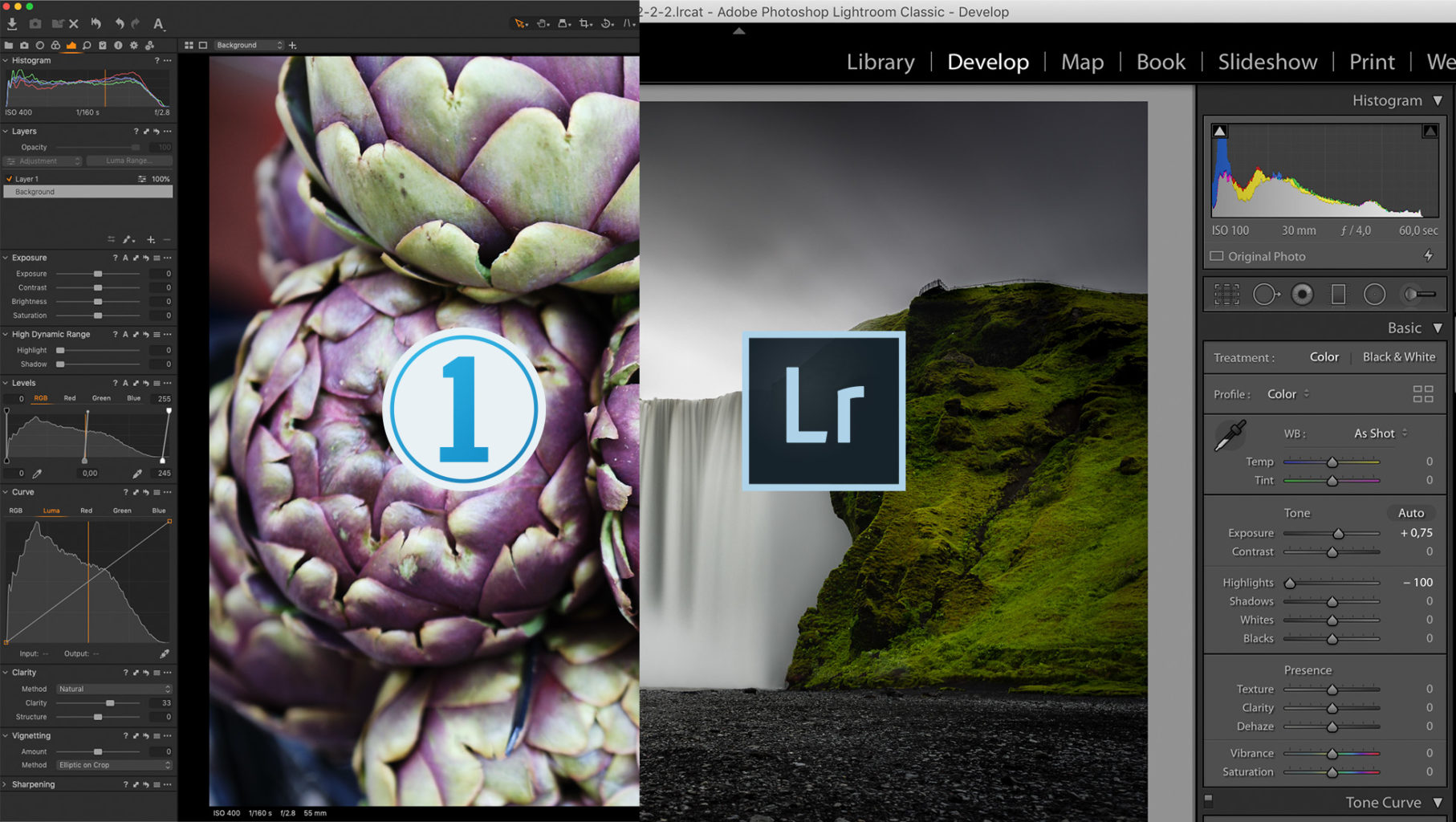

- #Adobe lightroom vs lightroom classic how to
- #Adobe lightroom vs lightroom classic full
- #Adobe lightroom vs lightroom classic trial
- #Adobe lightroom vs lightroom classic Pc
- #Adobe lightroom vs lightroom classic plus
Special: Legally download dozens of free Adobe books for a limited time!Īs far as product pricing goes, all prices for perpetual licenses remain the same, whether for full or upgrading from LR1-LR5… New, however, is that LR6 upgrades are available for purchase only through Adobe’s website direct. We don’t know yet what will happen next year with Lightroom CC 2016 and/or Lightroom 7 as always Adobe has not preannounced any future product plans. Note that Adobe is switching to an annual major release schedule with Lightroom now, and today’s version is officially known as Lightroom CC 2015. Adobe has posted the official LR system specifications here if you want to double-check your computer to be sure.
#Adobe lightroom vs lightroom classic how to
For Macs, you need to have OS X version 10.8 “Mountain Lion” or above (here’s how to upgrade free).

A 64-bit system is now required both on Windows (here’s how to tell) and on Mac OS. Importantly, the minimum system requirements for Lightroom have changed a bit. Generally you can run the fully-functional free trials on your computer for 30 days, but it is possible to extend this longer if you need more time to evaluate the software.

#Adobe lightroom vs lightroom classic trial
The brand new Lightroom free trial download always starts off as Lightroom CC, but after installation it can be converted to Lightroom 6 if that’s what you decide to buy instead… After you make the standalone purchase, the product branding will transform to Lightroom 6 and you will lose access to the mobile app and web features, as well as included future upgrades.

#Adobe lightroom vs lightroom classic plus
CC subscribers will receive ongoing product upgrades (such as the new Dehaze tool), plus full access to Adobe’s family of Lightroom mobile apps & services for on-the-go use, sharing and syncing.įor more details on these differences and the two options, see the Lightroom 6 vs. Lightroom CC is the same core program running on your desktop but in a subscription version that comes with the CC Photography Plan together with Photoshop CC, as well as included in all complete Creative Cloud offerings. You can still buy a standalone perpetual version as before (either full or upgrade from an older release) – the product is then called Lightroom 6 and it will still receive bug fixes and new camera/lens additions, but will not get ongoing new feature updates and does not have access to online LR features and apps such as Lightroom Mobile and Lightroom web. One big change is the naming difference and what you get with the two options (Lightroom 6 vs.
#Adobe lightroom vs lightroom classic Pc
Lightroom is not free, but comes bundled with Photoshop in the Photography Plan from Adobe, at a very low price per month considering the power of the included programs.The long-awaited Adobe Lightroom 6/CC began shipping this week, and has got some folks pretty excited about the new features and capabilities… There’s a long list of them given further below, but some of the highlights include much improved performance, facial recognition, photo merge for both HDR and panorama, advanced video slideshows, improved web galleries, new Pet Eye tool, touch-enabled PC support, plus GPU acceleration and native 64-bit architecture on Windows and Mac.Bridge is a free program from Adobe, that often comes with Photoshop as a photo management tool.Lightroom uses the same version of Adobe Camera RAW for initial photo editing, but also contains a number of additional useful features, such as filters and presets.This is fairly powerful, and a good starting point for your photo editing. Bridge uses the current version of Adobe Camera RAW to edit images.This is non-destructive editing, and means that you can undo any changes and return to your original image. They must be exported from Lightroom for changes to show in the exported photo – the original files are left untouched. In Lightroom, any metadata changes are not directly applied to your RAW images, but are saved to the Lightroom catalog.This is destructive editing, and means that you can’t return to your original image. Any changes that you make are automatically applied to the actual photo files. In Bridge, you can add and edit metadata and many other photo specific features that cannot be edited in a general browser.Adobe Lightroom is a standalone program that does not directly access your photos – they must be imported into a Lightroom catalog, with Lightroom having a file structure that is unique to the program.Adobe Bridge is a file explorer that lets you access your hard drive as if you were using the Windows or Mac native explorer, preserving your file structure.The key differences between Adobe Lightroom vs Bridge are: Key Differences Between Adobe Bridge vs Lightroom


 0 kommentar(er)
0 kommentar(er)
